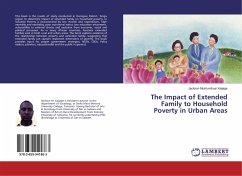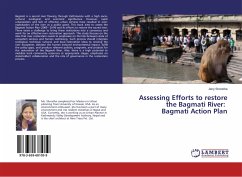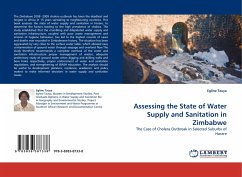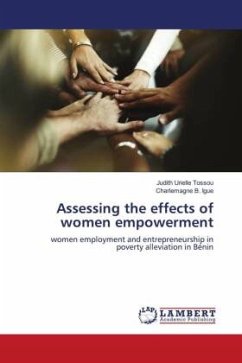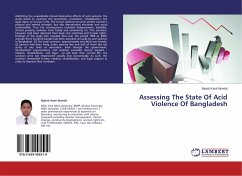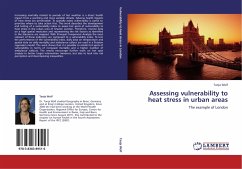
Assessing vulnerability to heat stress in urban areas
The example of London
Versandkostenfrei!
Versandfertig in 6-10 Tagen
32,99 €
inkl. MwSt.

PAYBACK Punkte
16 °P sammeln!
Increasing mortality related to periods of hot weather is a direct health impact from a warming and more variable climate. Adverse health impacts of heat stress are preventable. To spatially assess vulnerability is useful to prioritize where to take action first. This work describes the development and testing of a vulnerability index to assess hot spots of vulnerability to heat stress in the urban area of Greater London. Therefore, routine data on a high spatial resolution and representing the risk factors as identified in the literature are mapped. With Principal Component Analysis the most ...
Increasing mortality related to periods of hot weather is a direct health impact from a warming and more variable climate. Adverse health impacts of heat stress are preventable. To spatially assess vulnerability is useful to prioritize where to take action first. This work describes the development and testing of a vulnerability index to assess hot spots of vulnerability to heat stress in the urban area of Greater London. Therefore, routine data on a high spatial resolution and representing the risk factors as identified in the literature are mapped. With Principal Component Analysis the most relevant of these indicators are composed to a vulnerability index. To test the performance of the vulnerability index, daily data on temperature and spatial data on daily mortality and ambulance callout are used in a Poission regression model. The work shows that it is possible to model hot spots of vulnerability in terms of increased mortality and a higher number of ambulance callouts. Theresults encourage further work on hot spot analysis to better target intervention measures, but also to look into risk perception and decomposing inequalities.



